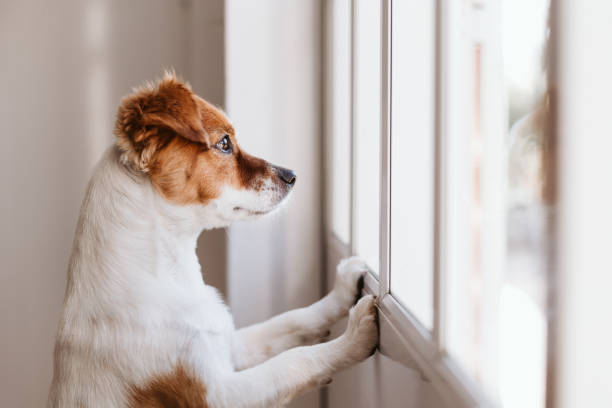Examining Your Dog’s Vomit: What Each Colors Means?
Dogs tend to vomit a lot. While it isn’t exactly an everyday occurrence and you can definitely reduce the chances of them vomiting by controlling their diet and environment, sometimes, seeing your dog upchuck is a part of the pet-owning experience.
And what is the first step to take when your dog vomits? Well, don’t panic! While this may sound like a joke, it’s very true. When you start panicking, you aren’t in the right mindset, which isn’t healthy for either you or your dog. So, before you start doing anything else (even cleaning up the vomit), make sure to take a breath and approach the situation calmly. And after that, you’re ready to take the real first step, which is examining the vomit.
And after that, you’re ready to take the real first step, which is examining the vomit.
You can learn a lot from the color and texture of your dog’s vomit. And while it might be pretty gross to take a close-up look at your dog’s vomit, it is necessary to understand the possible causes of them vomiting and create a proper description for the vet.
So, here are the most common colors of dog vomit and what they may mean. If you’re trying to get to the bottom of why your dog is vomiting, you’ve come to the right place.
Colors Of Dog Vomit and Their Meaning
Dog vomit can come in a variety of different colors and textures, each of which has its own meanings which you need to know as a dog owner. Here are a couple of the common colors of dog vomit and what they might be telling you;
White
This is one of the most common colors of dog vomit. Not because most dog vomit is colored white, but because most dog vomit has a white foamy substance on top. This can be very concerning for some dog owners since white foam is one of the symptoms of rabies. However, if you notice white foam on your dog’s vomit there is no reason to worry.
This is very common since the white foam is most likely saliva and other gastric juices mixed with the air. If you want to dive deeper into the meaning of white, foamy dog vomit, click here to learn more.
Brown
If you notice that your dog’s vomit is brown, look closer to see if there’s any dog kibble floating around. Since most dog food and kibble is brown if your dog throws up from eating too much or too fast, there will likely be brown colors in their vomit. Sometimes, brown dog vomit can also indicate that your dog has eaten feces, though this will usually be accompanied by a noticeable smell.
Additionally, brown vomit could possibly indicate a blockage in your dog’s intestines. While this is pretty rare, if your dog’s vomit has a very distinct smell and it happens frequently, contact your vet immediately.
Red
Again, one of the most common reasons your dog’s vomit is red is because of their kibble. This is especially true if the vomit is dark red, which is the color of a lot of kibble brands. However, if it is bright red, this could be blood mixed in with your dog’s vomit. If your dog is vomiting blood, this can be very serious as this is associated with a lot of health conditions.
If you believe your dog is vomiting blood, it’s best to contact your vet ASAP to avoid any complications and to treat the condition quickly and swiftly.
Yellow
If your dog’s vomit is primarily yellow and there is no kibble or other food mixed in with it, this could indicate your dog is vomiting on an empty stomach. Yellow dog vomit is usually attributed to them throwing up bile and stomach acids, which only happens when they have an empty stomach.
If your dog is full and vomits, there is usually no reason to be concerned. However, if your dog starts vomiting on an empty stomach, this could point to other health conditions.
Additionally, yellow dog vomit can sometimes be caused by plant matter as well, so make sure to check your dog’s vomit for plant matter before jumping to any conclusions.
Conclusion
What we’ve mentioned above are just the most common colors of dog vomit and there are many other different colors and causes for dog’s vomiting. If you notice your dog throwing up, the first step to take before cleaning it up is to examine it and take note of the color, texture, and consistency of the vomit.
From there, you can start observing your dog for 24-48 hours. If they don’t exhibit any other symptoms and stop vomiting after that time, then there’s no reason to worry. But if they show other symptoms like diarrhea and lethargy, this could indicate a more serious health problem that requires immediate veterinary attention.









